Syn.: Aconitum jacquini Rchb., Delphinium anthora (L.) Baill.
Family: Ranunculaceae Juss.

Distribution: Eurasian species with a disjunct distribution – from northern Spain through central and eastern Europe to eastern Siberia. It is a very variable species with a number of subspecies and varieties.
Ecology: It grows on sunny slopes, in forest margins, often on limestone, mainly in the mountains. It blooms from August to September.
Description: Perennial herbs, 25–100 cm tall. Stem erect, leafy; leaves alternate, petiolate, divided 3 or 4 times completely to the base or midrib, segments not more than 3 mm wide, linear. Inflorescence simple or branched, with eglandular hairs; flowers yellow, perianth persistent, helmet not more than twice as high as wide, 8–12 × 14–16 mm, hemispherical. The fruits are usually (3–)5 follicles.
Threat and protection: The Yellow Monkshood is protected by law in Czechia, Slovakia and Serbia.
Note: This poisonous species was used in the traditional medicine and it is still occasionally grown in gardens as an ornamental plant.
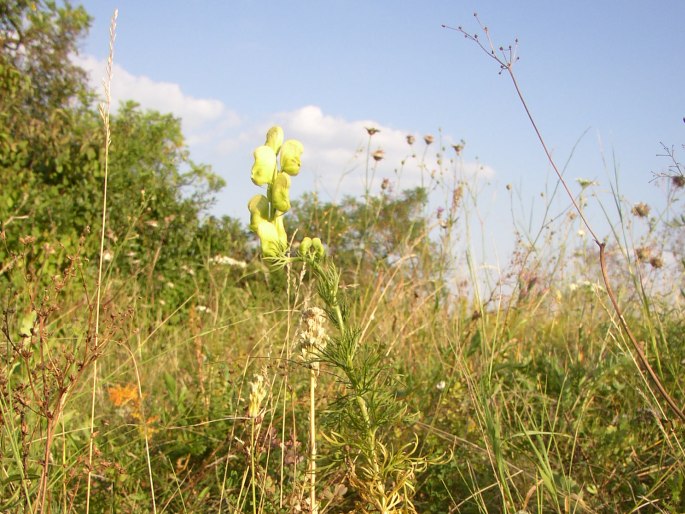
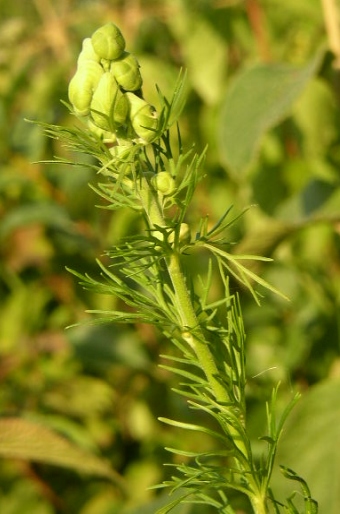
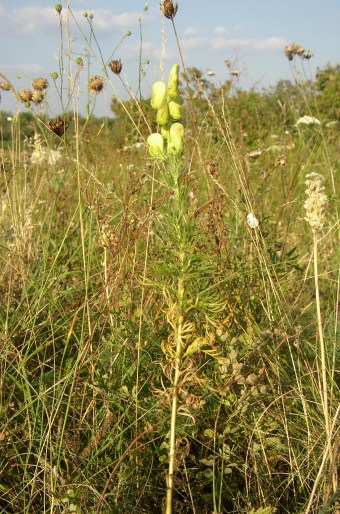
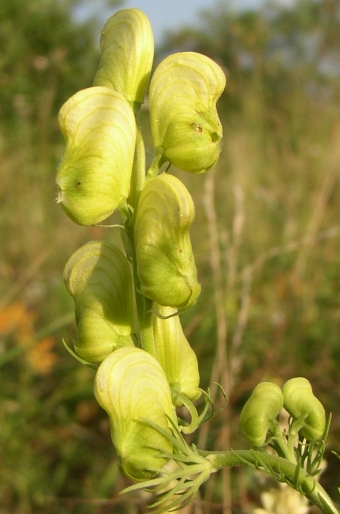
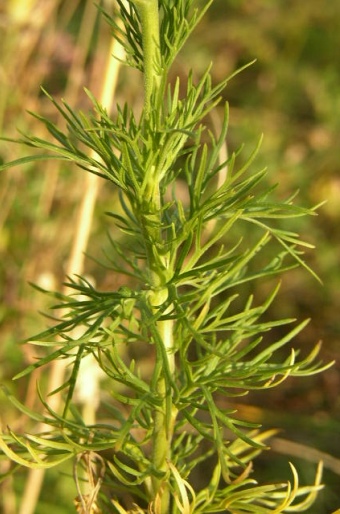
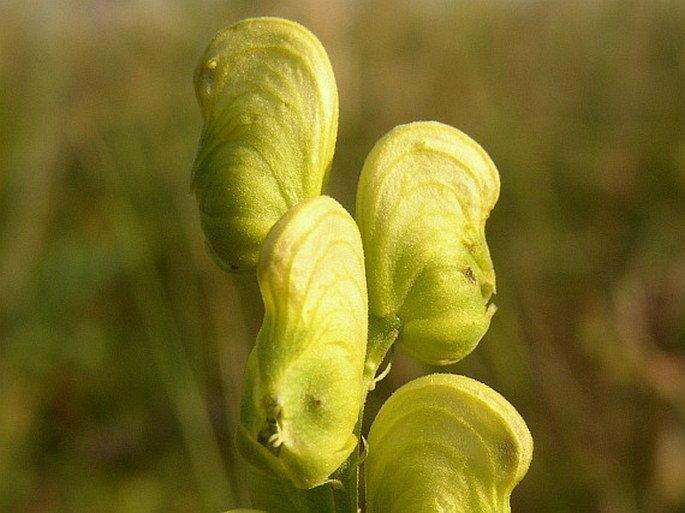
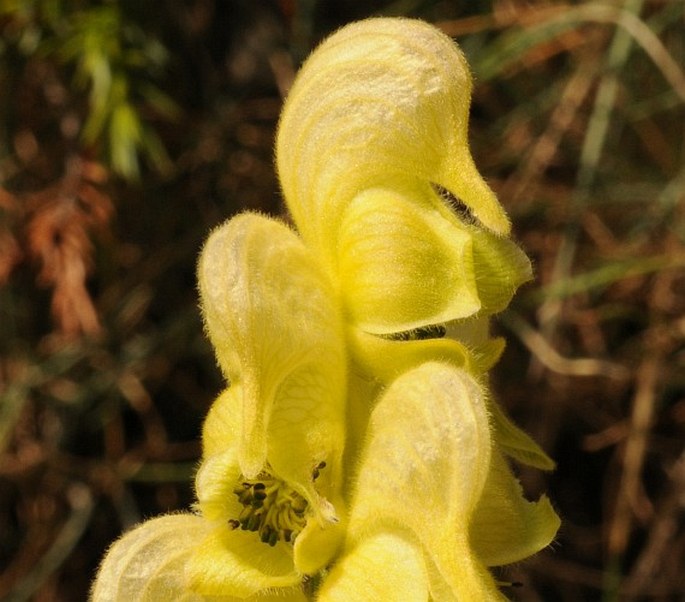
These images were taken in Slovakia, Burda (by Ladislav Hoskovec, August 20, 2004), and in France, Alpes Maritimes, Saint-Étienne-de-Tinée, Le Pra (by Alena Vydrová, September 16, 2010).


